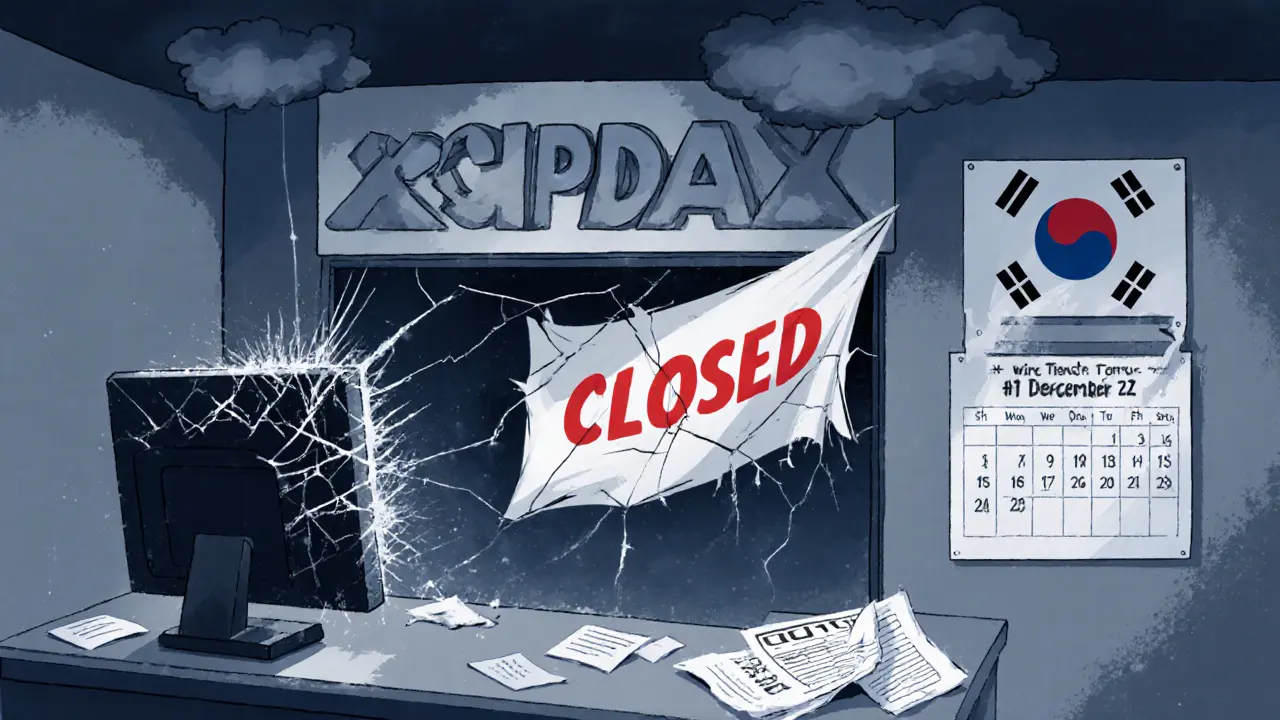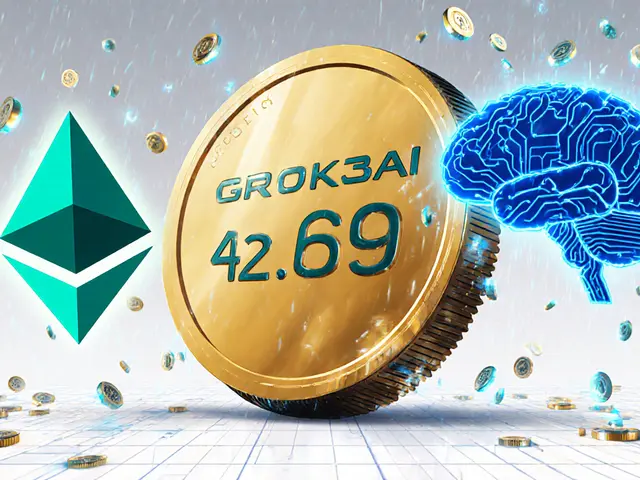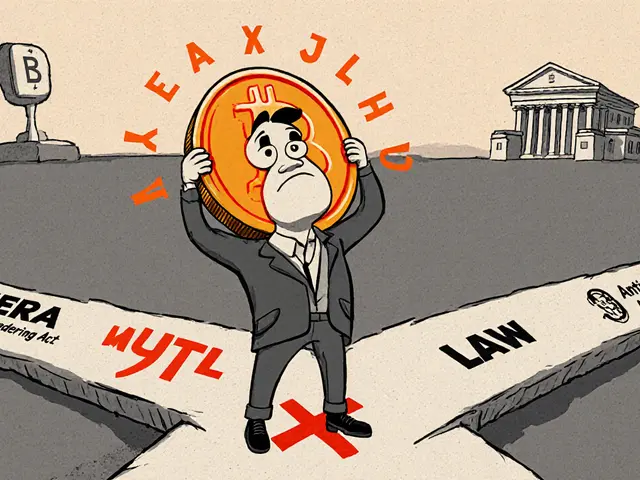Defunct Exchange: What It Means and How to Protect Yourself
When dealing with a defunct exchange, a cryptocurrency platform that has ceased operations or lost regulatory approval. It is also known as a shut‑down exchange. This situation usually involves exchange shutdown, the abrupt halt of trading, withdrawals, and customer support and often triggers withdrawal issues, blocked or delayed fund retrieval for users. The core problem stems from missing regulatory status, lack of licensing or compliance with financial authorities, which can expose traders to crypto fraud, scams, asset freezes, and loss of capital. In short, a defunct exchange encompasses exchange shutdown, demands regulatory oversight, and directly impacts user safety.
Why Exchanges Fail and What to Watch For
Most platforms close because they can’t meet regulatory requirements, run out of liquidity, or fall victim to internal misconduct. For example, Cryptex and Bexplus both faced mounting user complaints over withdrawal delays before they were forced to suspend services. When an exchange loses its license, banks often cut ties, liquidity dries up, and the platform can’t honor trades. This chain reaction creates a perfect storm where users are left scrambling for their assets. Key warning signs include sudden changes to KYC policies, unexplained fee hikes, and a drop in trading volume. If you spot a platform that suddenly stops listing new coins or removes popular trading pairs, it might be a red flag that the exchange is heading toward a shutdown. Understanding the relationship between exchange safety, regulatory compliance, and user confidence helps you avoid getting caught in a defunct exchange scenario.
Below you’ll find a curated collection of in‑depth reviews and analyses that break down the most notorious defunct exchanges, highlight red‑flag symptoms, and offer practical steps to safeguard your crypto. From detailed case studies on Cryptex’s regulatory gaps to lessons learned from Bexplus’s high‑leverage futures model, these articles give you the tools to identify risky platforms before they disappear. Dive into the posts to see how each exchange’s features, security measures, and legal standing stack up, and discover actionable tips for protecting your funds when an exchange shows signs of trouble.






